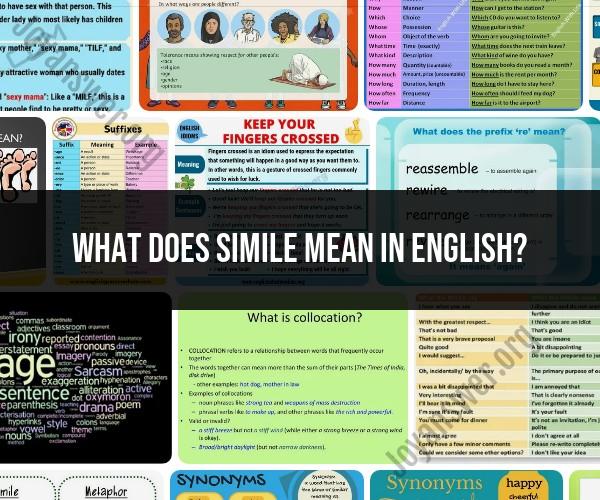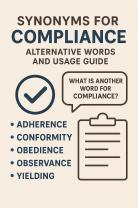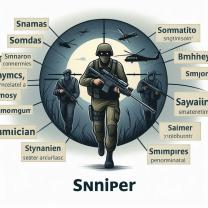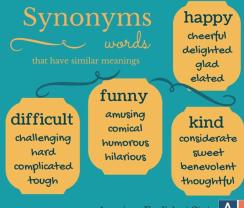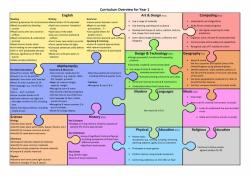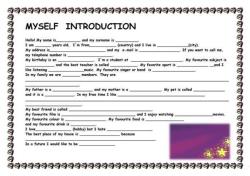What does simile mean in English?
In English, a simile is a figure of speech and a form of figurative language that is used to make a comparison between two different things or ideas by using the words "like" or "as." Similes are often used to create vivid descriptions, enhance the meaning of a statement, or evoke a particular image or emotion in the reader or listener.
The basic structure of a simile is as follows:
"X is like/as [comparison]"
Here are a few examples of similes:
"Her smile was as bright as the sun."
- In this simile, the brightness of the smile is compared to the brightness of the sun, emphasizing the intensity of the smile.
"He ran like a cheetah."
- Here, the speed of the person's running is likened to the speed of a cheetah, emphasizing how fast he was.
"The storm raged on like a freight train."
- This simile compares the relentless and powerful nature of the storm to the sound and force of a freight train.
"His laughter was like music to her ears."
- The simile suggests that the sound of his laughter was pleasant and delightful, just like music.
Similes are a useful literary device for writers and speakers to add depth and imagery to their language. They help readers and listeners better understand and connect with the concepts being described by drawing parallels to familiar or relatable things.
